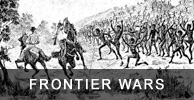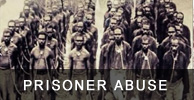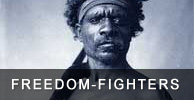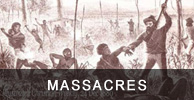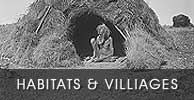3 different accounts of castaways who lived with First Nations people before colonisation
One if the ships run aground on the Great Barrier Reef is Lieutenant James Cook's The Endeavour. Trapped for months, the sailors almost run out of food. When they find and claim thirteen green sea turtles that belonged to the First Nations people, violence erupts. An Aboriginal man was shot and a pattern of blood is set for future interactions ...
Take a listen to this audio - it's an amazing presentation - The stories of the castways are really bought to life in this entertaining presentation by ABC RN Hindsight, and it provides much detail this article does not include. - Listen to it while browsing in another window.
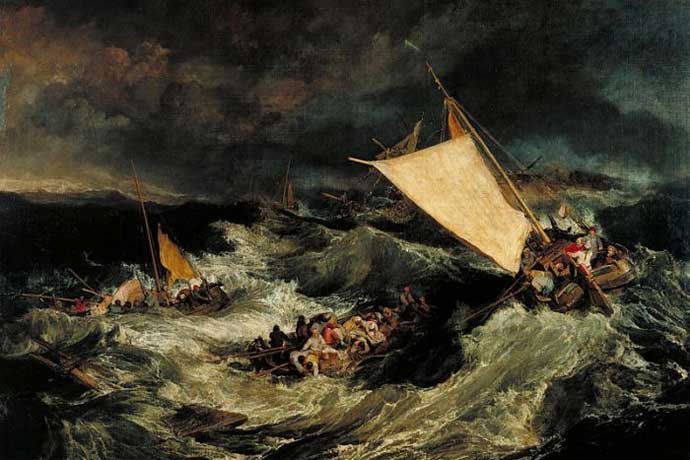 Image: The shipwreck by William Turner (Google Art Project)
Image: The shipwreck by William Turner (Google Art Project)Presented by Gamilarai-Yawalaraay woman, Lorena Allam
ABC Radio National Hindsight July 2014
It was an age of exploration and conquest and the way to do it was by ship but it was fraught with peril. In this program we explore four stories of being castaway along the Great Barrier Reef in remote northern Queensland and in three cases the rich relationships that arose with their local rescuers. These castaways were living with the Indigenous people before the trauma of colonisation—and sometimes during it. Their accounts provide a fascinating record of that time. They come to us via Iain McCalman's book charting human interaction along the Great Barrier Reef, 'The Reef: a Passionate History'.
The first ship in this story to run aground on the Great Barrier Reef is Lieutenant James Cook's The Endeavour. Trapped for months, the sailors almost run out of food. When they find and claim thirteen green sea turtles, violence erupts. An Aboriginal man is shot. A pattern of blood is set for future interactions.
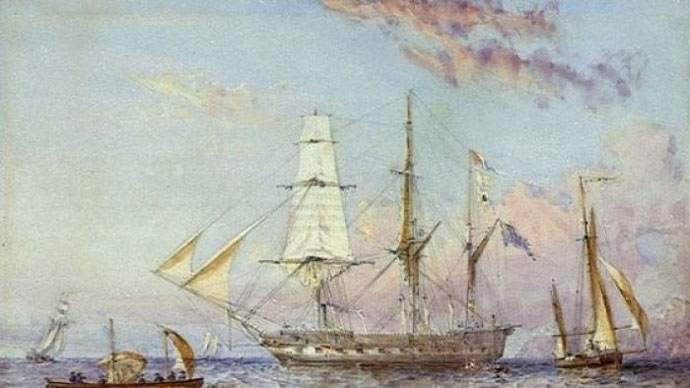
Our next three stories from the 19th century totally confound this pattern. Relatively unknown, these stories reveal friendships and deep kindness between castaways and their rescuers. In 1844 a young Scottish woman named Barbara Thompson was shipwrecked off the tip of Cape York. She was rescued by men in canoes, out hunting for turtle. Barbara Thompson was regarded as a returned spirit of the dead daughter of one of her Kaurareg rescuers and adopted into his family. She lived with them on an island off the tip of Cape York for five years.
Two years after Barbara Thompson was rescued, James Morrill became one of the survivors of the wreck of The Peruvian. Six reach shore but two die beside a waterhole, too weak to search for food. Castaway, more than a thousand kilometres from the nearest European settlement, they are rescued by the local indigenous people.
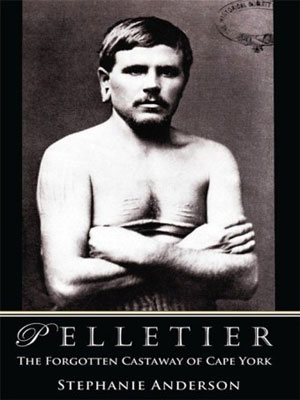
Narcisse Pelletier
The life was hard and only James Morrill survived past the second year. He lived with his Birri-Gubba rescuers for seventeen years until the British arrived in northern Queensland claiming land. The killing of Aboriginal people became commonplace, including James Morrill's adopted people. He showed himself to the Europeans and joined them, attempting to act as an ambassador, explaining each side to the other and negotiating for land for the Birri-Gubba. He was unsuccessful.
Our last story is of fourteen year old French cabin-boy Narcisse Pelletier, who was abandoned by his captain and crew to die beside a dried up waterhole on Cape York. He also lived for seventeen years with his rescuers near what is now Lockhart River, going far out to sea in canoes with the other men, hunting dugong, ray and turtle, .
He only left them at gunpoint – the British sailors holding the guns on his adopted Uutaalnganu family thought they were rescuing him. He regarded himself as kidnapped.
Readings were by Stephen Hall (James Morrill), Melanie Tait (Barbara Thompson), Ryan Wittingslow (Sir John Ottley) and Vincent Jean (Constant Merland).
Thanks to Donna Poschelk for the interview with the members of the Bowen Historical Society and to Mike Bluett and his crew for additional audio. Thanks also to Stephanie Anderson and Athol Chase and to Andy Greenslade from the Queensland Museum.
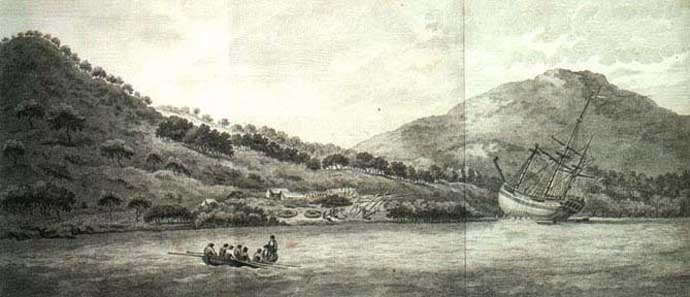
(Credit: National Library of Australia)
Between the 1790's to the 1870's, many shipwreck survivors and convict escapees managed to survive after being taken in by Australia's Indigenous communities.
Living with the Locals tells the stories of some of these men, women and children.
Authors John Maynard and Victoria Haskins join Patricia Karvelas in The Drawing Room.
John Maynard is the Director at the Wollotuka Institute of Aboriginal Studies, University of Newcastle and Chair of Indigenous History
Victoria Haskins is an Historian at the University of Newcastle
ABCRadio National, 'The Drawing Room', Producer Barbara Heggen
This virtually unknown story is of fifteen men in 1797 who became the first overlanders on this continent to walk 700 miles through 'country', from Ninety Mile Beach in Victoria to Sydney Cove.
The account of William Clark's trek is evidence of the humane and generous treatment of these forlorn interlopers by First Nations Peoples, who ensured the party's survival.
ABC Radio National, LNL with Phillip Adams

